 Dec. 12: Unfortunately I had to cancel this event – a very unusual occurrence for me. Looks like the weather is a bit uncooperative too. -KM1NDY
Dec. 12: Unfortunately I had to cancel this event – a very unusual occurrence for me. Looks like the weather is a bit uncooperative too. -KM1NDY
Mindy Hull, KM1NDY, writes in the Wellesley (MA) ARS Spark Gap newsletter:
Hello Friends! You are all cordially invited to:
WHAT: 1st Annual Hams All-Holiday On Air Celebration (W1E Special Event Station)
WHEN: Saturday December 12, 2020. Two times: W1E on air from 11am to dusk. Everyone get together from noon to 2pm.
WHERE: Meet at Hopkinton State Park. Use the Main Entrance at 164 Cedar St., Hopkinton, MA 01748. Follow the map below. Same place as November’s POTA!
PARKING: Park in large lot at boat launch. We will meet in a grove of trees with picnic tables near the beach at the end of the parking lot that is the farthest from where you entered it. See maps. Park as close to the meeting spot as possible in case it’s real cold and we need to use our cars to warm up.
MONITORING: 147.555 FM
GPS COORDINATES OF EXACT MEETING SPOT:
42°15’30.7″N 71°31’01.8″W ( 42.258539, -71.517168 )
WHY: To take back some of what this year stole from us.
DETAILS: We will operate the special event station W1E from about 11am to dusk at Hopkinton State Park on December 12, 2020 for the 1st Annual “Hams All-Holiday On Air Celebration”. We will be celebrating every holiday that anyone missed because of this crazy year! Our goal is to have as many QSOs as possible and then send a greeting card to every contact. We will set up one portable radio station in a heated shelter and operate SSB on 20M early and 40M later. The shelter will only hold one to two people at a time given the pandemic, so expect it to be cold. Bring your own equipment for other bands if you want to operate simultaneously; we have 100-Watt RF band-pass filters available so we can operate on multiple HF bands at once (10, 12, 15, 17, 20, 40, 80M).
If some of you would like to help operate the main station, send me an email with the time you are requesting to be on air. Or just show up and we’ll see if we can get you on. Or bring your own station.
If you want to just come hang out with radio people, enjoy some non-Zoom companionship, make a few contacts, and celebrate the holidays in person, show up between noon and 2pm. We will be social distancing, wearing masks, and splitting into smaller groups if there are more than 25 of us. Be prepared for cold!
Also, Hopkinton State Park is a Parks-On-The-Air (POTA) site, so you can activate a park as well! Activation code = K-2440.
Bring as much festivity with you as possible! We all really really need it this year…
(I’ll send one more update next week!)
Yours,
KM1NDY
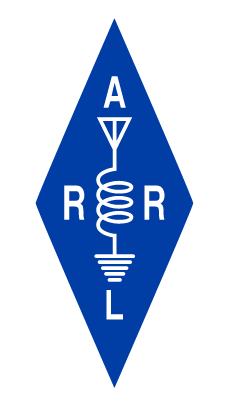
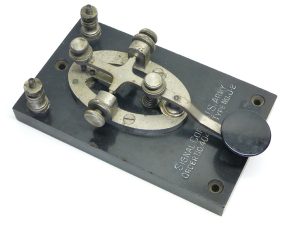 Members of the ARRL Headquarters staff will put W1AW on the air for Straight Key Night (SKN). Set some time aside on New Year’s Eve and New Year’s Day to take part in this annual ARRL tradition.
Members of the ARRL Headquarters staff will put W1AW on the air for Straight Key Night (SKN). Set some time aside on New Year’s Eve and New Year’s Day to take part in this annual ARRL tradition.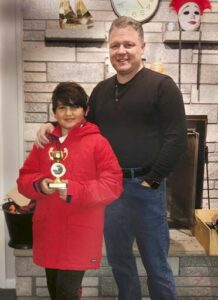
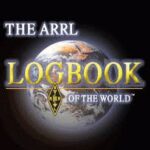 From ARRL Web:
From ARRL Web: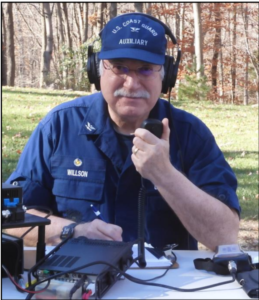 From Candlewood ARA (CT) “CARA Capers” newsletter, December 2020:
From Candlewood ARA (CT) “CARA Capers” newsletter, December 2020: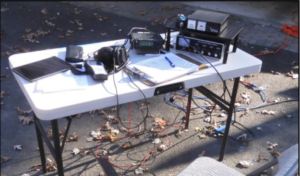 So, with great anticipation of having a pile-up with dozens of stations answering my “CQ” call to get the special event QSL card, I got on the 20- meter frequency I had published on ARRL’s Special Event page and started calling “CQ”. And then… nothing. Antenna tuned to 1:1.03, 80 watts SSB, Saturday morning, dead silence. Moved to the 40 meter frequency that I had published… nothing again. Frustrated, I listened up and down the two bands and heard a few stations, not the usual chatter. Even the POTA stations seemed to be staying home. Time to change strategy. I started calling stations that were finishing their QSO’s and that helped get a few contacts in the log.
So, with great anticipation of having a pile-up with dozens of stations answering my “CQ” call to get the special event QSL card, I got on the 20- meter frequency I had published on ARRL’s Special Event page and started calling “CQ”. And then… nothing. Antenna tuned to 1:1.03, 80 watts SSB, Saturday morning, dead silence. Moved to the 40 meter frequency that I had published… nothing again. Frustrated, I listened up and down the two bands and heard a few stations, not the usual chatter. Even the POTA stations seemed to be staying home. Time to change strategy. I started calling stations that were finishing their QSO’s and that helped get a few contacts in the log.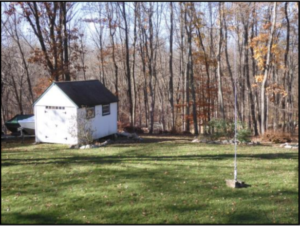 My station consisted of a Yaesu FT-891 running 80 watts with LMR400 UF cable to a 23 foot Diamond BB7V vertical antenna. An older MFJ 949D tuner and a RigExpert AA230 antenna connected to the tuner with a 2-way antenna switch. The most important component was a patient and understanding XYL.
My station consisted of a Yaesu FT-891 running 80 watts with LMR400 UF cable to a 23 foot Diamond BB7V vertical antenna. An older MFJ 949D tuner and a RigExpert AA230 antenna connected to the tuner with a 2-way antenna switch. The most important component was a patient and understanding XYL. Dec. 12: Unfortunately I had to cancel this event – a very unusual occurrence for me. Looks like the weather is a bit uncooperative too. -KM1NDY
Dec. 12: Unfortunately I had to cancel this event – a very unusual occurrence for me. Looks like the weather is a bit uncooperative too. -KM1NDY
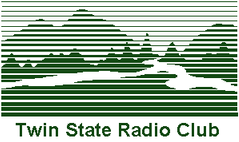 Dave Colter, WA1ZCN, writes on the Twin State RC mailing list:
Dave Colter, WA1ZCN, writes on the Twin State RC mailing list: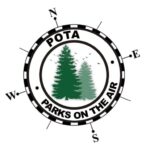 Nancy Austin, KC1NEK, writes:
Nancy Austin, KC1NEK, writes: